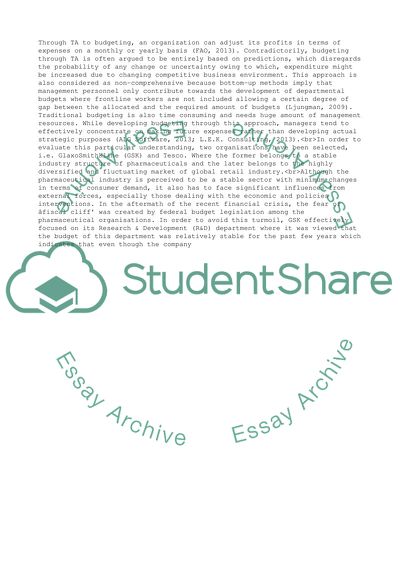Cite this document
(Strategic Management Accounting Essay Example | Topics and Well Written Essays - 3000 words - 4, n.d.)
Strategic Management Accounting Essay Example | Topics and Well Written Essays - 3000 words - 4. https://studentshare.org/finance-accounting/1798034-strategic-management-accounting
Strategic Management Accounting Essay Example | Topics and Well Written Essays - 3000 words - 4. https://studentshare.org/finance-accounting/1798034-strategic-management-accounting
(Strategic Management Accounting Essay Example | Topics and Well Written Essays - 3000 Words - 4)
Strategic Management Accounting Essay Example | Topics and Well Written Essays - 3000 Words - 4. https://studentshare.org/finance-accounting/1798034-strategic-management-accounting.
Strategic Management Accounting Essay Example | Topics and Well Written Essays - 3000 Words - 4. https://studentshare.org/finance-accounting/1798034-strategic-management-accounting.
“Strategic Management Accounting Essay Example | Topics and Well Written Essays - 3000 Words - 4”. https://studentshare.org/finance-accounting/1798034-strategic-management-accounting.


